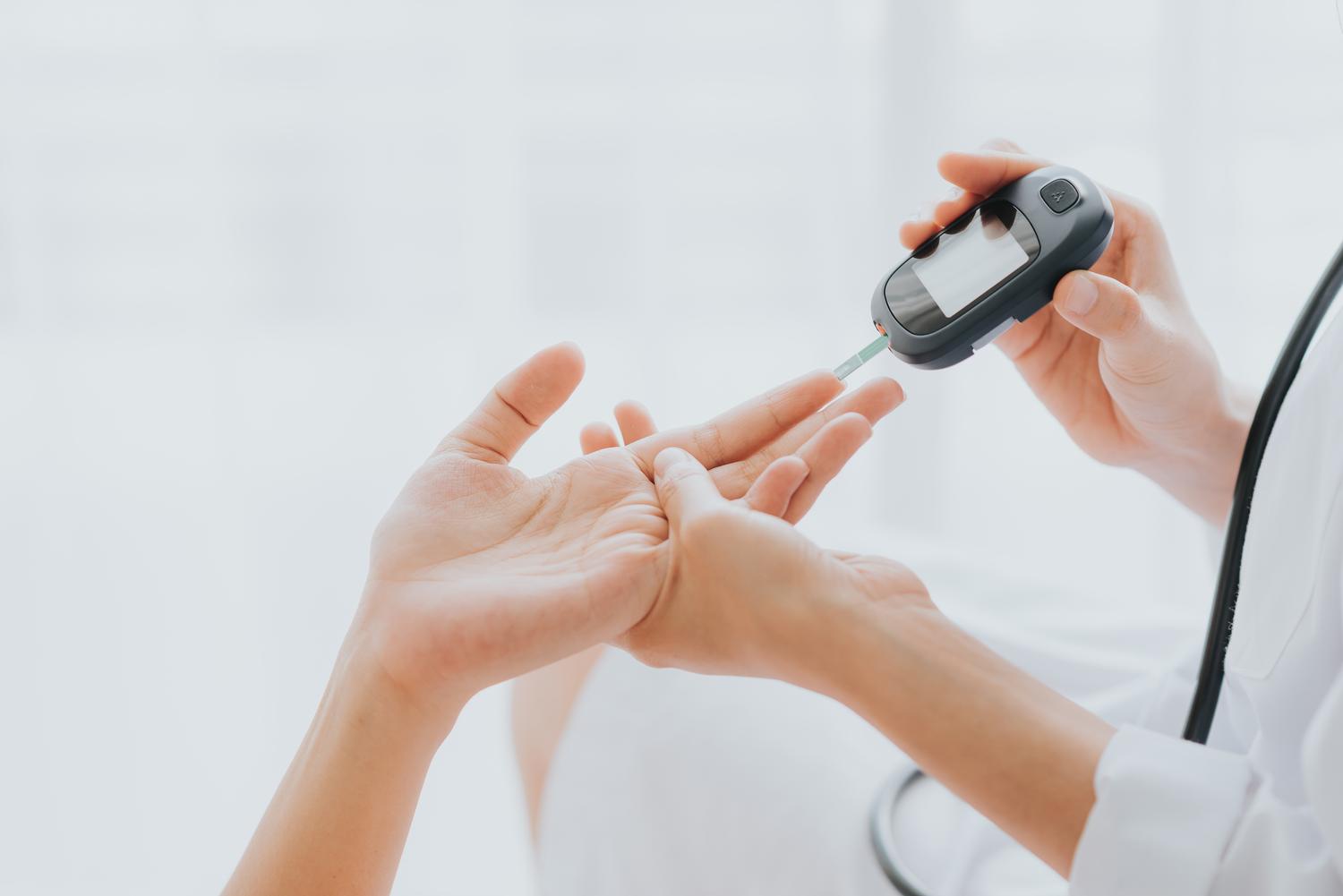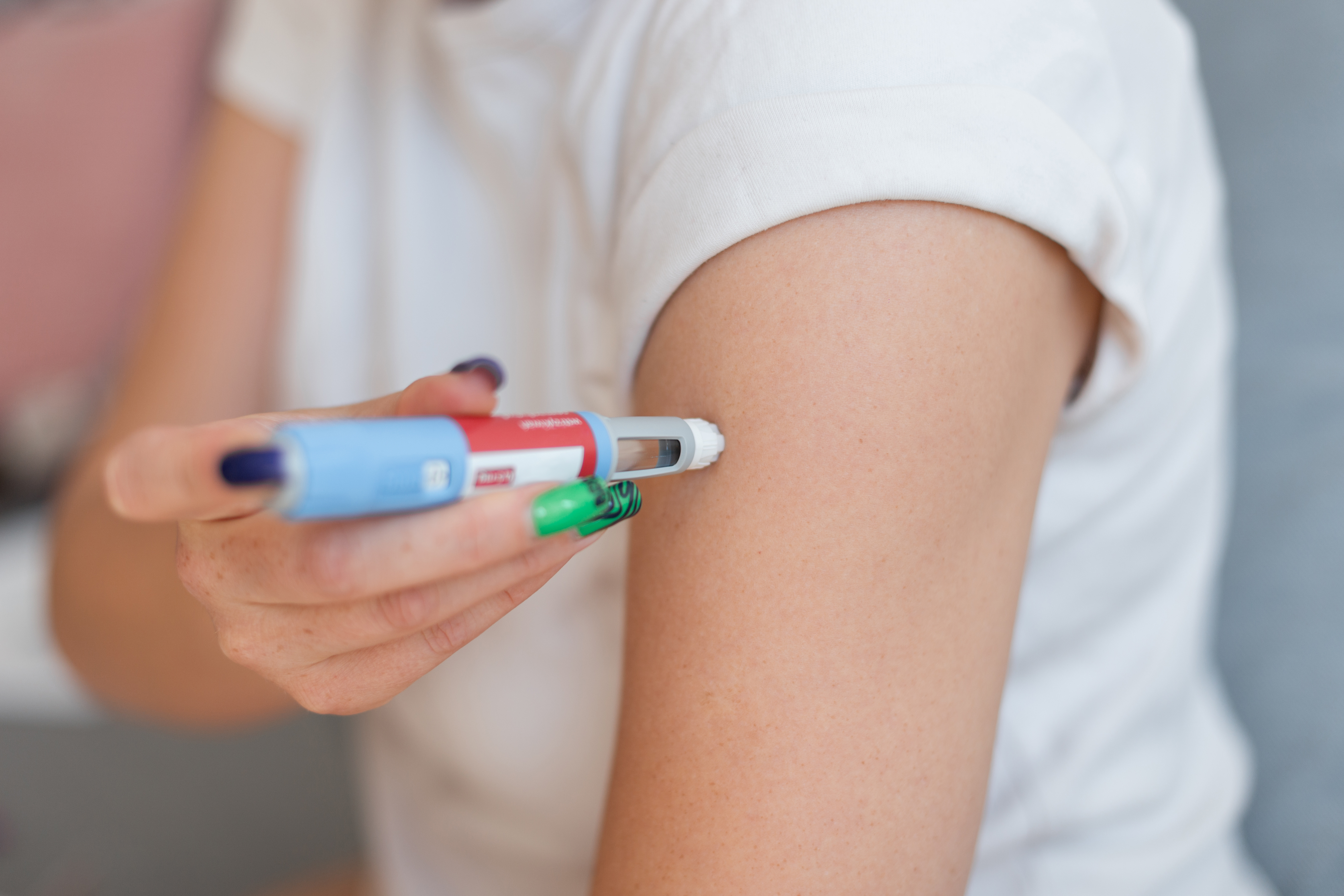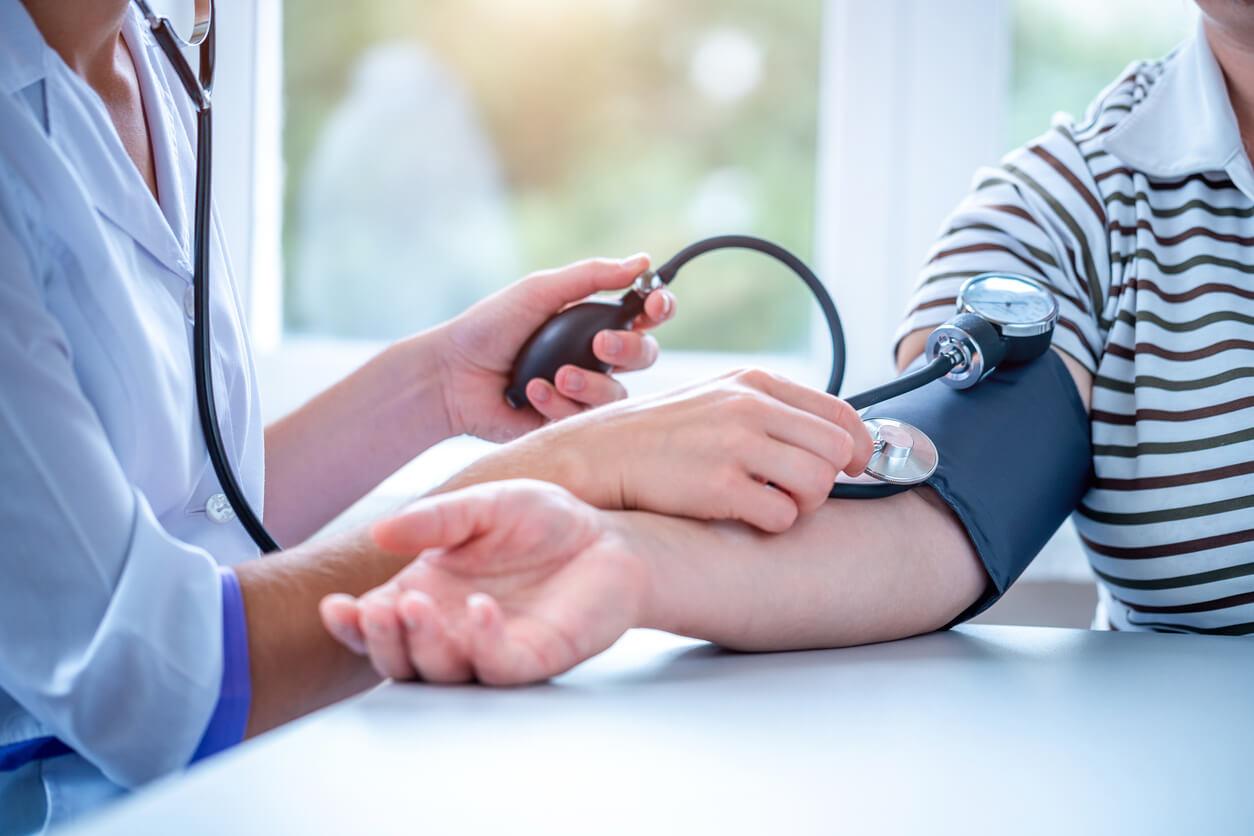Symptoms of High and Low Blood Sugar & What To Do Next
How to identify signs of high and low blood sugar - and what to do if you’re experiencing them.
Maintaining stable blood sugar (glucose) levels is important for your overall health. After all, blood sugar is your body’s primary energy source - it keeps your cells healthy and functioning.
However, if blood sugar levels become too high (hyperglycemia) or too low (hypoglycemia), they can cause serious health complications.
For people with diabetes, keeping blood sugar in check can be very challenging. This is because both type 1 diabetes and type 2 diabetes affect how your body regulates its blood sugar levels, making them harder to manage. And because diabetes treatment typically involves taking medication to lower blood sugar levels, blood sugar levels can dip out of range very quickly.
These fluctuations in blood glucose can lead to serious health complications if not managed properly. Diabetic retinopathy (vision loss), nerve damage, kidney disease, and heart disease can all result from persistently high blood sugar levels.
In this post, we'll explore the symptoms of high and low blood sugar, what causes these conditions and steps you should take if you experience these symptoms. We'll also discuss how to maintain stable blood sugar levels and when to seek emergency care.
High blood sugar (hyperglycemia)
Hyperglycemia occurs when your blood sugar (glucose) levels are above the typical range. According to the American Diabetes Association (ADA), a typical high blood sugar level is 126 mg/dL or above (milligrams per deciliter) while fasting, or greater than 180 mg/dL one to two hours after eating. However, that range can vary from person to person, so it’s best to ask your doctor what your target range should be.
High blood sugar levels can result from various factors, including insufficient insulin, excessive carbohydrate intake, a lack of physical activity or a combination of all of these.
Common causes of high blood sugar include:
- Insufficient insulin or diabetes medication (undertreatment)
- Consuming too many carbs (which your body then breaks down into glucose)
- Not getting enough physical activity
- Stress or illness
- The dawn phenomenon, a hormone surge that your body produces early in the morning
- Certain medications, such as steroids and antipsychotic medications
Common symptoms of high blood sugar include:
- Frequent urination
- Increased thirst
- Increased hunger
- Blurred vision
- Fatigue, drowsiness or tiredness
- Headache
- High blood glucose level (above target range)
- Presence of ketones in urine
What to do if you’re experiencing symptoms of hyperglycemia
If you’re experiencing signs of high blood sugar, there are several steps you should take to monitor and lower your blood sugar back to a normal range:
- Check your blood glucose levels: Use a glucose meter or continuous glucose monitor (CGM) to check your blood sugar levels.
- Take medication: Administer insulin or other diabetes medications as prescribed by your healthcare provider.
- Hydrate: Drink water to help flush out excess glucose.
- Exercise: Engage in physical activity to help lower blood sugar levels. You should avoid exercise if ketones are present in your urine.
- Monitor for symptoms of diabetic ketoacidosis (DKA): Look for signs like nausea, vomiting, fruity-smelling breath and abdominal pain. Seek immediate medical attention if these occur.
Low blood sugar (hypoglycemia)
Hypoglycemia happens when blood sugar levels drop too low. The ADA states that a low blood sugar level reading is typically lower than 70 mg/dL. However, target blood sugar levels can vary from person to person, so it’s best to consult with your provider to determine what a low blood sugar level looks like for you.
It’s also important to note that if someone’s diabetes has been uncontrolled for a long time, even traditionally high blood sugar levels will result in symptoms of low blood sugar. This is because it takes time for the body to reset when it's accustomed to very high sugar levels.
Low blood sugar is a common risk for individuals on insulin or other diabetes medications, because those treatments are designed to lower blood sugar levels. If the medication dosage is too high, it can cause blood sugar to drop too much, resulting in hypoglycemia. Missed meals, alcohol and other factors can contribute to low blood glucose as well.
Common causes of low blood sugar include:
- Taking too much insulin or diabetes medication
- Skipping meals or not eating enough food
- Increased physical activity without adjusting food intake or medication
- Drinking alcohol
Common symptoms of low blood sugar include:
- Shakiness
- Sweating
- Lightheadedness or dizziness
- Confusion or difficulty concentrating
- Blurred vision
- Hunger
- Heart palpitations
- Weakness or fatigue
- Loss of consciousness or seizures in severe cases
What to do if you’re experiencing symptoms of hypoglycemia
- Check your blood glucose level: Confirm low blood sugar levels with a glucose meter or CGM.
- Consume fast-acting carbohydrates: Eat or drink 15-20 grams of fast-acting carbs, which can be absorbed quickly into the bloodstream. Examples of fast-acting carbs include glucose tablets, fruit juice, a full-sugar soft drink or hard candies.
- Recheck blood glucose: Test your blood sugar again after 15 minutes. If it’s still low, consume more fast-acting carbohydrates.
- Eat a snack: Once blood sugar returns to normal, eat a small snack with protein and carbs to maintain your levels.
- Educate family members: Ensure those around you know how to help if you experience severe low blood sugar.
How to maintain a healthy blood sugar level
To maintain a healthy blood sugar level, it’s important to know what a healthy range looks like for you. According to the ADA, a normal range is typically between 80 and 130 mg/dL when you wake up or before meals. It should be below 180 mg/dL two hours after a meal.
However, target blood sugar levels can range from person to person - they can vary depending on metabolism, lifestyle factors and more. An endocrinologist or other healthcare provider who specializes in diabetes care can help you to pinpoint the right range for you. There are also other long-term ways to maintain a healthy blood sugar level:
- Monitor regularly: Use a CGM or glucose meter to track your blood glucose levels throughout the day. Keeping a journal that tracks your levels before and after meals is also a great way to monitor your levels over time.
- Follow your meal plan: Eat balanced meals with an appropriate mix of carbs, proteins, and fats.
- Exercise regularly: Engage in physical activity to help regulate blood sugar levels.
- Take medications as prescribed: Ensure you take insulin or other diabetes medications as directed by your healthcare provider.
- Stay hydrated: Drink plenty of water throughout the day. According to the National Academy of Medicine, this looks like 9 cups (72 oz) of water per day for adult women, and 13 cups (104 oz) per day for adult men.
- Manage stress: Use stress-reducing techniques like meditation, yoga or deep breathing exercises.
- Regular check-ups: Visit your healthcare professional regularly to adjust your diabetes care plan as needed.
When should you call 911?
If your symptoms of high or low blood sugar are not responding with medication or other treatment efforts, you should seek medical help immediately. Call 911 right away if you or a loved one experiences severe symptoms of high or low blood sugar such as loss of consciousness and seizures, or signs of diabetic ketoacidosis such as severe nausea, fruity-smelling breath, vomiting or abdominal pain.
How Sesame can help
Looking for personalized advice and support for blood sugar management? You can book same-day, affordable care with a diabetes doctor to discuss your symptoms and come up with a treatment plan. Your provider can also provide expert guidance on managing your condition, along with a prescription for medication if appropriate.
Related posts

Blood sugar, or glucose, is a primary energy source for our bodies. Understanding what normal blood sugar levels are, how to identify irregularities, and when to see a doctor can play a vital role in diabetes care and maintaining overall wellness.

In this blog article, we’ll look into what causes gestational diabetes, the symptoms it causes, how it is diagnosed, and how it is treated.

Gestational diabetes is a condition that arises during pregnancy when a pregnant woman experiences elevated blood glucose levels, also referred to as blood sugar levels.

Drinking alcohol while on Ozempic could increase your risk for low blood sugar, gastrointestinal upset and more. Learn about side effects, risks and more.

Type 1 and type 2 diabetes have marked differences in their causes, symptoms, and the treatment options needed to manage the disease. In this article, we’ll provide an overview of type 1 diabetes and what sets it apart from other forms of diabetes.

Here are some tips about what to look for when browsing the bread aisle and what to avoid. We’ll also point you toward some of your local grocery store's best bread brand options.

High cholesterol is one of the most prevalent and dangerous medical conditions worldwide. Learn more about high cholesterol, its risks, and how to treat it.

In this blog post, we’ll explore how metformin and alcohol interact. We’ll also discuss if it's safe to mix them, and other risks and side effects of drinking as a type 2 diabetic.

This article will detail average blood pressure numbers by age and gender and offer guidance on how to read blood pressure readings and what they mean.
